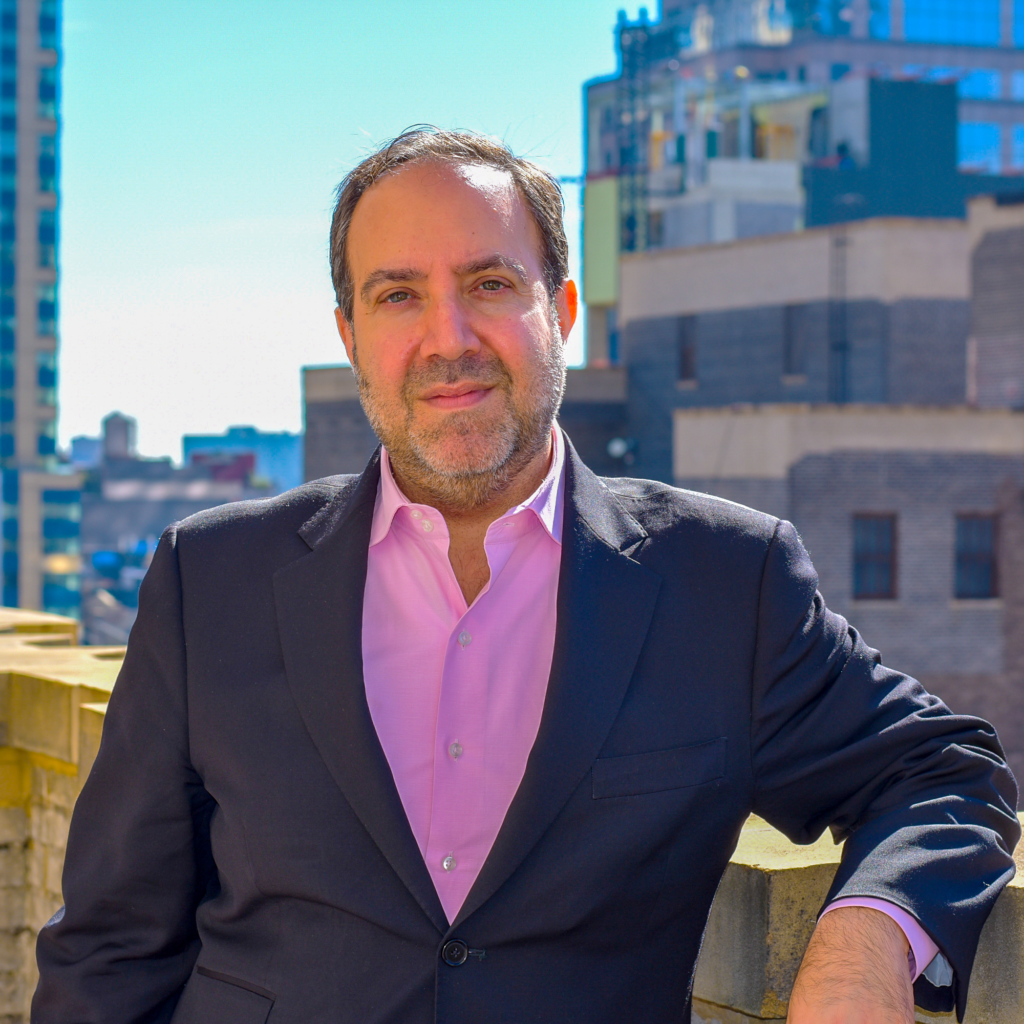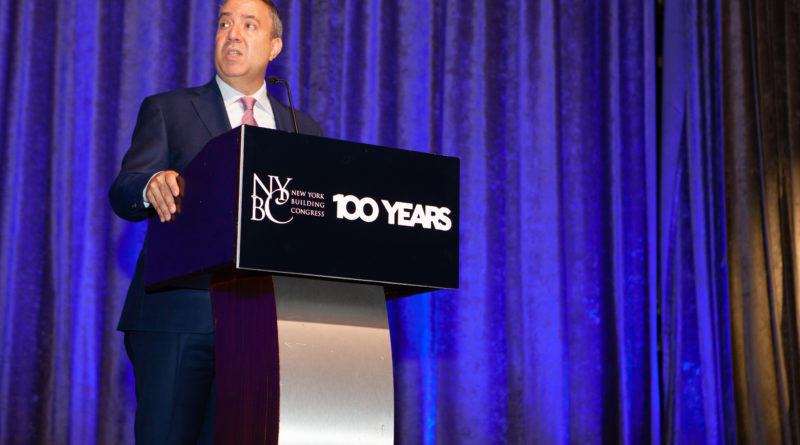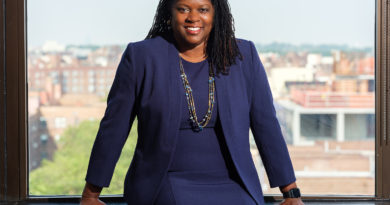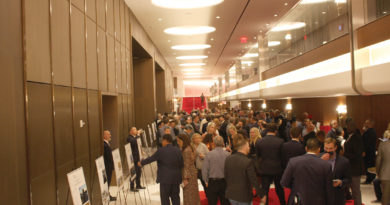TAKING NEW YORK TO GREATER HEIGHTS
BY KERRY MURTHA (Photo: Greg Morris Photography)
As the former head of the Brooklyn Chamber of Commerce, Carlo Scissura can appreciate the role a chamber plays in expanding the local economy, putting residents to work, and building the borough’s infrastructure.
During his tenure as the chamber’s president and CEO, the Bensonhurst native transformed the Brooklyn association into a nationally recognized model of business development and regional branding. It’s a success that Scissura attributes to an early decision he and his team made to grow the organization’s membership.
“I didn’t want to concentrate our interest only in Downtown Brooklyn, but include the borough as a whole,” he insisted.
Scissura said his earlier career as the chief of staff and general counsel to Brooklyn Borough President Marty Markowitz gave him a broader perspective on the community at large.
As a result, he set out to create a more inclusive business alliance. To that end, Scissura organized a mobile unit that traveled from Coney Island to East New York and neighborhoods in between in an effort to reach small business owners who might not otherwise take advantage of the chamber’s available resources.
He also increased exposure with events like a Brooklyn Night in Albany, a reception that highlights the success of local merchants and invites state legislators to sample a taste of Brooklyn fare, from micro-brewed beer to the borough’s famed cheesecake. The event has since been replicated by the Queens Chamber.
“Imitation is the highest form of flattery,” Scissura happily noted, giving a nod to his longtime friend and former counterpart Queens Chamber of Commerce president and CEO Tom Grech.

Scissura, who now serves as the president and CEO of the New York Building Congress, was asked by Grech to be the keynote speaker at the recent Queens Chamber of Commerce Building Awards, a 95-year tradition that honors the year’s best in construction. Scissura said he was eager to talk about development opportunities in Queens.
“Tom continues to build a strong organization that plays a vital role in the important economic development projects that are happening throughout the borough,” he said.
The seasoned businessman points to billion dollar investments in both LaGuardia and John F. Kennedy airports, as well as the major improvements to roadways like the Van Wyck Expressway and the Grand Central Parkway as proof of a growing local economy.
“Queens has great waterfront property being developed in Long Island City and the potential for building at Sunnyside Yard are signs of so many things on the right track,” he added. “Queens is the most diverse county in America, and ultimately it’s the people who come here to invest and build that drive the growth and change.”
Scissura’s position gives him a unique perspective on the industry as a whole.
“[The Building Congress] is an advocacy organization that brings all facets of development and the key players, including architects, engineers, owners and others, to the table,” Scissura said. “This way we can ensure the best construction happens in New York.”
Since Scissura took the helm of the Building Congress in 2017, he’s grown its membership to 600, a 50 percent jump. What’s more, he increased the organization’s budget by more than $1 million and moved its offices to Midtown Manhattan to expand visibility and make room for additional staff.
“After spending a good portion of my career in Brooklyn, I felt it was time to take on a citywide role, one that would help me better understand the region and support building projects across the city and state,” said Scissura.
He’s now looking to widen the focus of the building association to include far-flung areas like Buffalo and Rochester.
“We want to take this organization to the next phase,” he said.
The economic future for New York City as a whole looks bright, according to the Building Congress’s recently released forecast. The next three years are expected to see a resurgence in activity and job creation as the industry continues to advocate for more public investment.
According to the report, spending is expected to increase to $60.6 billion in 2021, up 26 percent from 2020, when nonessential construction was shut down for 11 weeks. Despite the deep cuts in activity in 2020, Scissura said the building industry fared better than others given that essential construction continued.
“We are now the industry that is helping to get other people back to work,” Scissura said, “which is so important for the economy in New York.”




